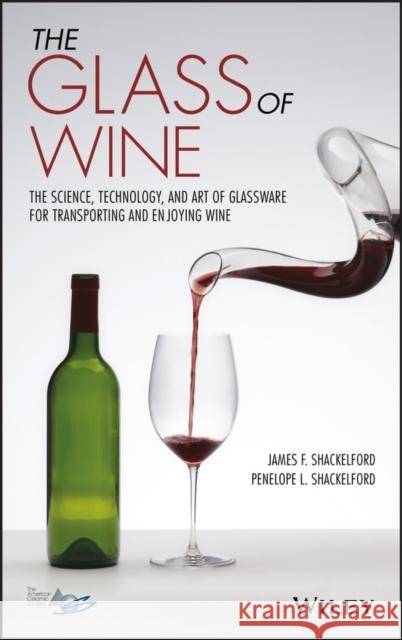The Glass of Wine: The Science, Technology, and Art of Glassware for Transporting and Enjoying Wine » książka
The Glass of Wine: The Science, Technology, and Art of Glassware for Transporting and Enjoying Wine
ISBN-13: 9781119223436 / Angielski / Twarda / 2017 / 208 str.
This book tells the story of a unique and strong relationship between wine and glass. Wine remains the only beverage predominantly stored, shipped, and consumed in glass. Once produced (through fermentation typically in wooden barrels or stainless steel or concrete vats), wine is transferred to glass bottles for further aging, storage and shipping to the consumer who will then likely enjoy the wine in glass stemware. Strongly tannic wines such as cabernet sauvignon from the Bordeaux region of France might be aerated before drinking in glass decanters to "soften" the wines for greater enjoyment. While we may commonly enjoy a beer or soft drink in an aluminum can or milk from a polyethylene-coated cardboard carton, wine typically sees only a glass surface over its entire journey from the winery until it arrives on our lips. Ceramic and glass professionals as well as wine lovers from all backgrounds will enjoy having a readable and authoritative guide to the material that is so central to their appreciation of this beverage. The technology of modern glassmaking will be reviewed along with the history and traditions behind the shapes and sizes of wine bottles and drinking glasses. A related feature will be the de-mystification of selecting the "right glass" for red versus white varietals, as well as sparkling and dessert wines. The book includes an acknowledgement of the additional role of glass around the winery, especially in the enologist's laboratory and concludes with a discussion of whether the increasing use of aluminum and polymer containers represents a significant impact to the continued domination of glass as the essential material for wine appreciation.











